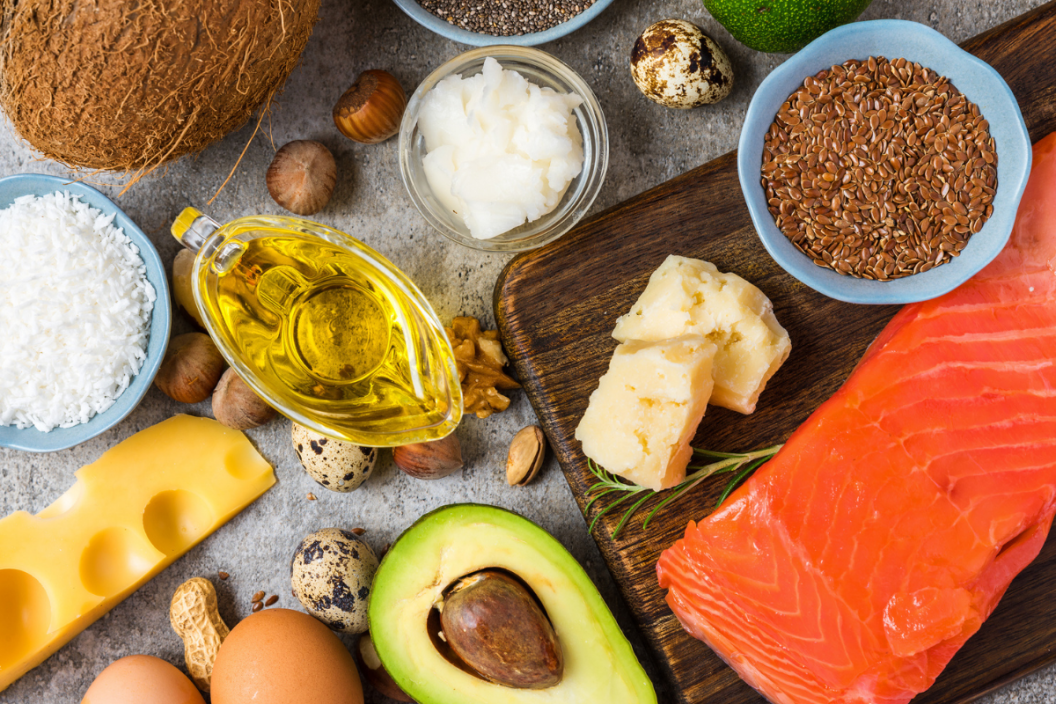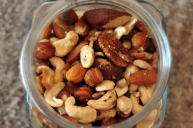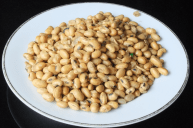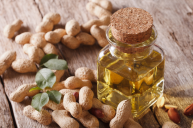Dieters have strong opinions about fat, but fats aren't a trend - they're an essential macronutrient that your body needs. I interviewed Timaree Hagenburger, registered dietitian with a master's in public health, speaker, and author. Timaree Hagenburger works with private clients and corporate wellness, published her own cookbook, The Foodie Bar Way, and created an online community, The Foodie Bar Way of Life.
Videos by Wide Open Country
How do we use the fat we eat?
We need fat for all kinds of functions in the body: our skin, fertility, hormone regulation, and signaling, and protection and insulation of organs, and fat is part of our trillions of cells.
We also make cell membranes from the food we consume, including fat. The role of the membrane is as a guard gate, and we want to maintain its integrity.
Does fat really help us feel full?
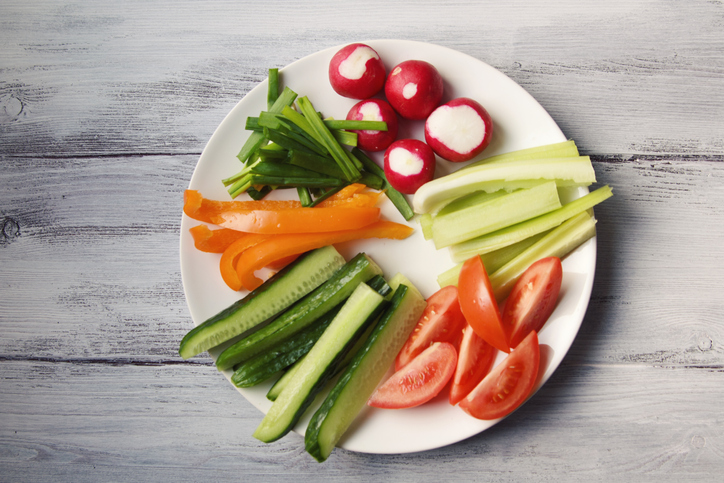
Getty Images
They can, but it's not typically early satiety - it's late satiety. High-fat foods are typically low in water and fiber but high in calories, and they don't do a good job telling you you're full. Four hundred calories of vegetables and beans will fill your stomach, while 400 calories of oil (approx. 3 Tablespoons), won't even register the stretch receptors.
Eating water- and fiber-rich foods like vegetables, fruits, cooked legumes, and whole grains are not only nutrient-rich but also significantly help with satiety.
Aren't some oils supposed to be healthy?
It takes approximately 44 olives to get a tablespoon of olive oil. That's a lot of olives, fiber, and phytonutrients missing in that final product.
What does it mean for fats to be saturated?
All foods contain a mixture of different types of fatty acids. The chemical structure of a fatty acid involves a chain of carbon-to-carbon bonds with hydrogens on the top and bottom of each. If they're all single carbon-to-carbon bonds, then it's saturated.
Foods high in saturated fats tend to be solid at room temperature due to the straight shape of the molecule, like cheese, butter, marbled meat, and coconut oil. Health research has associated diets high in saturated fats with cardiovascular disease and insulin-resistance.
Unsaturated fats are typically liquid at room temperature because of their bent shape. They have two or more double carbon-to-carbon bonds with hydrogens missing from the same sides. The health impacts are often linked to the location of those double bonds.
Another type of fatty acid is trans fat. Those are naturally occurring in animal products and can also be manufactured through a process called hydrogenation. Shortening is a great example because it says on the label, 'hydrogenated vegetable oil.' It started as a liquid unsaturated fat, but shortening is solid, and that's because we forced in more hydrogens and broke some of those double bonds.
How can we incorporate healthy fats?
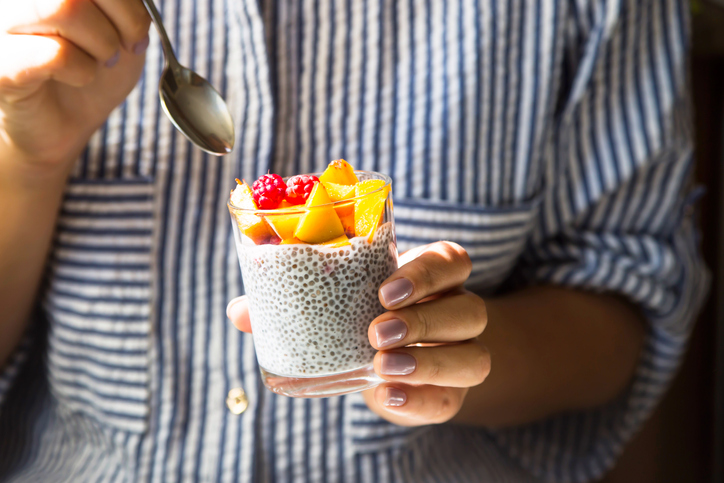
Getty Images
Whole food sources of fats like nuts, seeds, and avocado can be enjoyed for their taste, culinary properties and to enhance absorption of nutrients — especially fat-soluble vitamins A, D, E, and K — in low-fat, nutrient-dense foods like leafy greens. Add crushed walnuts to a salad, grind flax seed and stir into oatmeal with berries, make a chia pudding, or sprinkle sesame seeds over a stir fry with bok choy and collard greens.
Remember, seeds are a perfect package — since plants grow from seeds, they contain important sources of fat along with other essential nutrients.
*This interview with Timaree Hagenburger has been edited and condensed for clarity
Crystal Gwizdala is a freelance science journalist based in mid-Michigan. When she's not writing, eating, or sleeping on the floor, you can find her trekking through the woods or rambling on about some hypothetical trip she has planned. Read Crystal's work in The Xylom, Woman&Home, and Catalyst Midland, or follow her on Twitter.
